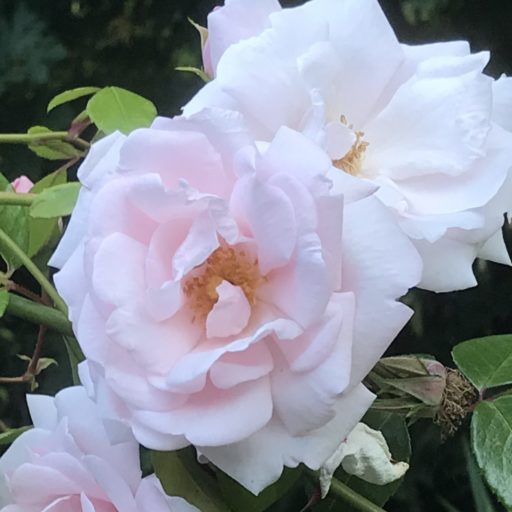On October 15, bloggers around the world will be focused on one issue:Â the environment.
Where will you be?
I know where I’ll be…  after a morning in first grade, I’ll be blogging about this topic as yet only roughly defined!  You’ll see that for this post, merely introducing the topic I have chosen many of my usual categories… I am sure there are more that could be added.
The Environment. It sounds like such a daunting subject, so serious, so important, so current. But I think I will try for a hopeful, uplifting theme within this broad topic… tune in next Monday to find out if I am successful!

